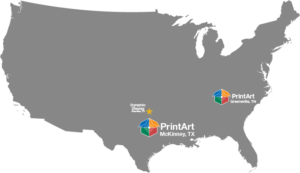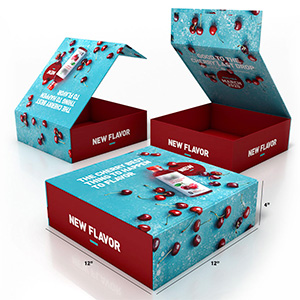I guarantee one of your worst feared objections is “I want to think about it” isn’t it?
Why do all salespeople fear the “I want to think about it” objection?
Because it isn’t really an objection is it? Or is it? They haven’t really said “No” have they? They haven’t really said “Yes” either have they? So the weak sales rep can breathe a sigh of relief and believe the client will definitely get back to them with a yes tomorrow and the so-called experienced rep will make the excuse that it wasn’t really an objection so there was nothing they could have done to overcome it. While the Professional Closer goes to work and starts to find out exactly what it is the clients want to think about. Whichever one you are, let’s look at this “objection” in the latter sense, as Professional Closers; after all, if you didn’t want to become a Professional Closer you wouldn’t be reading this, would you? So what can you do in this situation?
Firstly we have to look at the reasons why people say “We want to think about it”
The first and most common reason you will get the: “I want to think about it” objection is that you gave them too much information to think about! An old sales trainer and excellent motivator of mine were always saying “If the cow doesn’t moo, don’t feed it” What he was saying in an essence was, only give them the information they ask for. There is no point in telling them how efficient the air conditioning is on this particular model of the car if they live somewhere where it snows for 6 months a year. They will be more sold on the amazing traction the electronic 4X4 system gives them when driving on snow and the fact that by pointing the key through the kitchen window and pressing a button while they’re finishing their morning coffee, the seats heat up and the all windows de-mist automatically.
Do you get the idea? You can always add the air conditioning in as an additional benefit for when they drive down south for their summer holidays while they’re signing the purchase agreement. The other main and obvious reason you will get “I want to think about it” is you haven’t sold them yet.
At this point, you need to revert to A.C.O. (See: Overcome any objection with This tried and tested three-step formula) Agree with them: “I fully understand John and Mary, if I was in your shoes I’d want to think about the payment options and whether I could afford the additional monthly outgoing.” Confirm: “Is that what you want to think about?” If that is not their reason you need to keep asking with one option at a time until you have isolated it down to the real objection.
Now you just get back into Overcoming the real objection and closing the deal!
So to recap: “I want to think about it” really means, you’ve given me too much information and I’m confused. Or, I don’t have enough of the relevant information so I’m not sold yet.
By keeping it simple and only feeding the cow when it moo’s, you will always be dealing with: “I don’t have enough information yet” It’s always easier to add the benefits of your product bit by bit than take something away once you’ve given them everything upfront.
The lesson this week is: “Don’t feed the cow till it moos!”
It can be a fairly complex process but don’t feel overwhelmed, reach out to PrintArt today, and explain your needs. Their customer service department will put together a cost-effective quote and help your vision come to reality!
PrintArt – Accurate Die Cutting
413 Interchange St.
McKinney, TX 75071
972.562.7921
https://www.printart-adc.com



